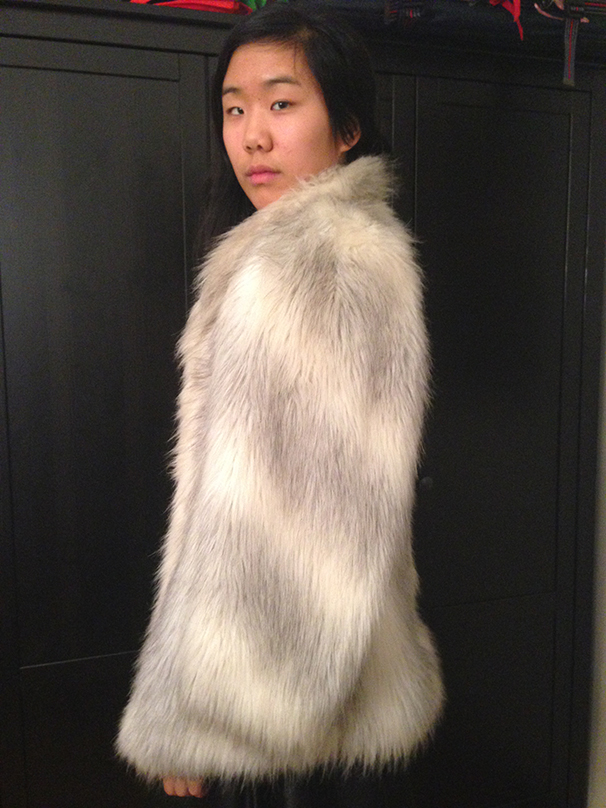
The use of fur on the runway has caused arguments about animal cruelty and ecological concerns. Recently, faux textiles such as vegan leather and suede have made their way into the industry, quieting the controversy surrounding the use of fur in fashion.
Faux textiles were created and distributed in the ‘50s. However, many people thought poorly of faux material due to its lack of quality and luxury. However, faux textiles have been gaining popularity because of advances in technology that enable designers to create improved faux materials. Modern faux textiles are made of processed and dyed polymeric fibers, and the texture and color is later altered to the specifications of the designer.
The advantages of faux materials have been shown through their consumer revenue and their reputation and status today. Compared to real fur, faux textiles are cheaper to manufacture. In addition, the faux material is practically indistinguishable from real fur. This has benefited those who are committed to the animal rights movement. Today, faux furs and leathers are a fashion must-have.
The presence of faux textiles in the industry was apparent at various runway shows during the Fall/Winter 2014 New York Fashion Week. For example, top designers such as Tommy Hilfiger and Stella McCartney incorporated faux fur into their collections.
During NYFW, many designers, models and editors wore faux fur and leather during the cold winter season, attesting to the popularity of faux use in the industry. This new look ranges from white angora-style coats to ivory synthetic fleece
Steinhardt freshman Riana Chen sees the rising use of faux materials in fashion as positive from both a moral and financial standpoint.
“I think it’s a great way for designers to appeal to those who are against animal cruelty and support humane practices,” Chen said. “It’s [also] a way for designers to reach new clients who want the stylish look of fur, but don’t want to spend the full price.”
Although many designers are embracing faux textiles, others still choose to use real fur in their collections. Some designers may claim to use faux textiles when actually using real fur. Designer Marc Jacobs has previously sold coats labeled as “faux,” only for researchers to later discover that these products contained real fur.
Through all the controversy, though, the fashion industry has realized the importance of faux textiles in our society. Hopefully, this upcoming fad of faux fur and leather will continue and expand throughout the coming years of fashion.
A version of this article appeared in the Wednesday, Feb. 19 print edition. Nikita Metharamani is a contributing writer. Email her at [email protected].






















































































































































